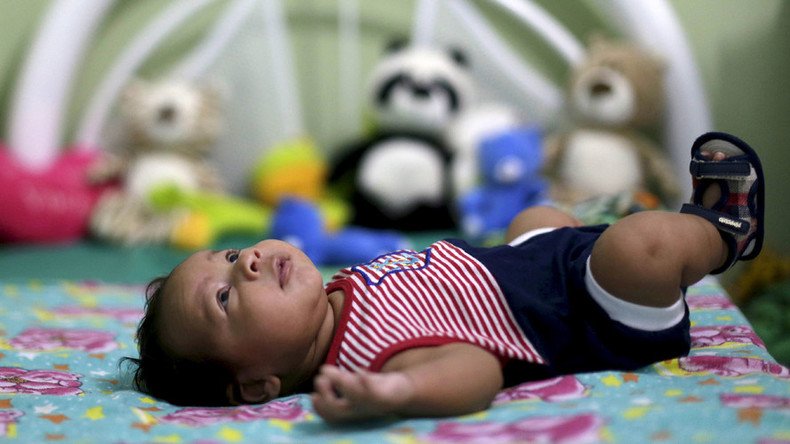Babies have ‘striking ability’ to see slight image changes invisible to adults - study

Babies from three to five months old are able to see things that are invisible to adults, a new study on vision has revealed. Scientists say infants have an “exceptional” ability to notice subtle differences between almost identical images.
A team of psychologists at Chuo University in Japan conducted a study titled “Pre-constancy Vision in Infants”. Their report was published in the Current Biology journal in December.
The research showed that babies had an ability to discriminate subtle differences in still images because they lacked so-called “perceptual constancy,” a skill present in adults. “Perceptual constancy” helps adults recognize moving objects and objects in different environments.
Earlier, it was believed that children adopt this skill at an extremely early age, but the scientists have refuted this theory.
“It is commonly believed that this high-level visual function, called ‘perceptual constancy,’ is acquired through postnatal learning, building upon low-level functions that have developed earlier, such as image discrimination. However, we demonstrate here that before developing perceptual constancy, 3- to 4-month-old infants have a striking ability to discriminate slight image changes due to illumination that are not salient for adults,” the team said in their report.
The researchers at Chuo University studied 42 babies aged 3 to 8 months and had them look at pairs of images from real 3D objects. The team measured how long the babies looked at each given picture. As previously it had been shown by scientists that infants’ eyes linger the most on those things they encounter for the first time, the research team could identify whether the image was “new” or the child had seen it already. If the child spent less time examining the picture it meant that they had seen it before.
Data revealed that 3-to 4-month-olds had the most ability to spot the differences between images that are almost alike, but have small differences due to changes in illumination.
The study also found that the age of 5-6 months is a “turning point” in a child’s life, since babies older than 5 months lost the “superpower” to discriminate such differences.
The scientists said that as we get older, we adjust to the world around us and are forced to recognize moving objects and objects in different environments. As children we are forced to “abandon” the ability we are born with in exchange for another skill: to understand whether an image is glossy or matte. This skill is acquired at the age of 7–8 months, the scientists said. Then we get “perceptual constancy,” and for that we “sacrifice” our previous ability to notice subtle differences.













